This time I’m going to introduce some tools that I use a lot for repairs.
■ Drivers

This is the screwdriver that you will probably come across the most. We use a variety of screwdrivers, from plus to minus, sometimes star-shaped, and more.

Since many parts of lighting equipment are fixed with hexagonal nuts, we also use box wrench drivers.
We often use these screwdrivers mainly for sizes up to about M6.
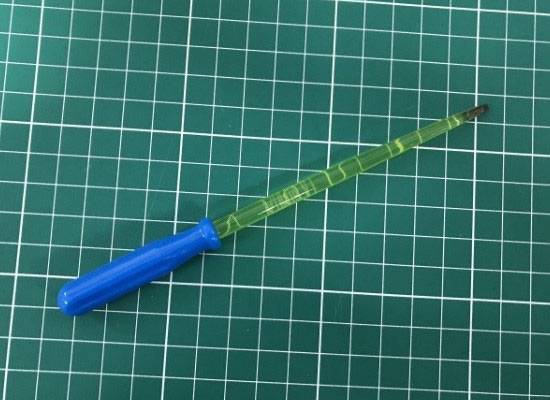
Some products have trims on the board and there are opportunities to adjust them, so a screwdriver is used for adjustments. Many of them are made of non-magnetic materials such as ceramic at the tip, so they do not affect high-frequency components.

Electric screwdrivers can turn screws quickly, but their use is limited to soft materials such as plastic frames, as they may crack even if the torque can be adjusted.
■ Hexagonal Wrench

Hexagonal wrenches are used for hexagonal screws. If it has a ball point, it can be tightened and loosened from an angle, which is convenient. It is often used for assembling chairs, desks, and other furniture, so it is convenient to have a set of these tools.
■ Wrenches

Used for bolts and nuts for which a box wrench cannot be used. It is one of the tools frequently used in smoke machine repairs and other equipment. This is one where width can be changed and it’s called a monkey wrench (see photo below).
*”Wrench” is American English and “spanner” is British English.
■ Nippers, radio pliers, and pliers

Cutting, bending, and gripping can generally be handled with these three tools. Some pliers have a plastic tip to prevent damage to the nuts and bolts.
There are different types of pliers depending on the shape of the tip, and those with thin tips are called radio pliers. (center of photo).
The narrow tip is suitable for detailed work.
■ Tweezers
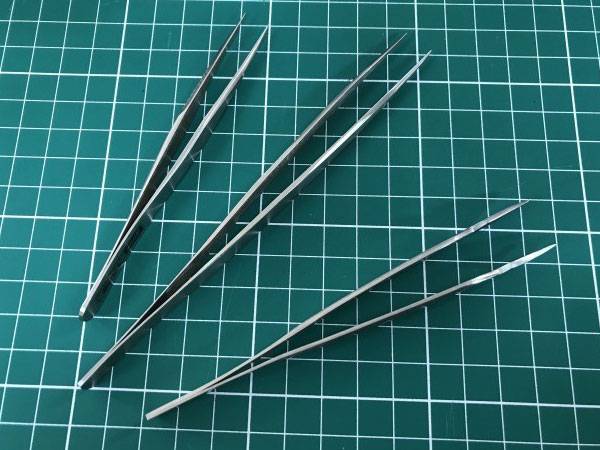
Tweezers are useful for grasping small screws and lead wires. They are a little more expensive, but I personally recommend these ones for precision work because they are easier to use for detailed work. Non-metallic tips are also available.
■ Others

In some cases, burrs from painting or machining are left in the thread groove and the screw does not go all the way in. For this kind of case, threading taps and dies are useful.
Sound House has a selection of tools for this purpose.
We hope you will find them useful in maintaining your equipment.
PICKBOY / SC-150 String Cutter for steel strings
Thank you for reading.





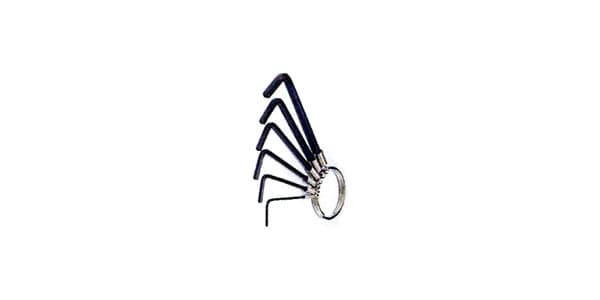
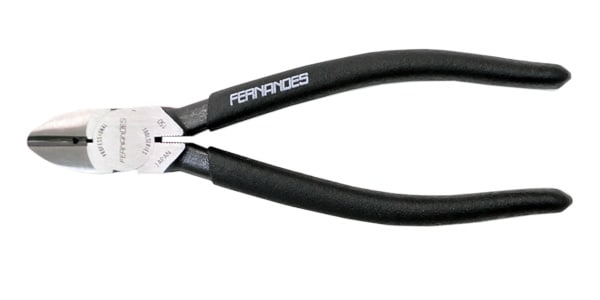
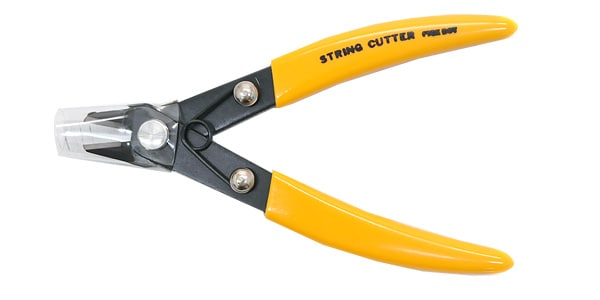
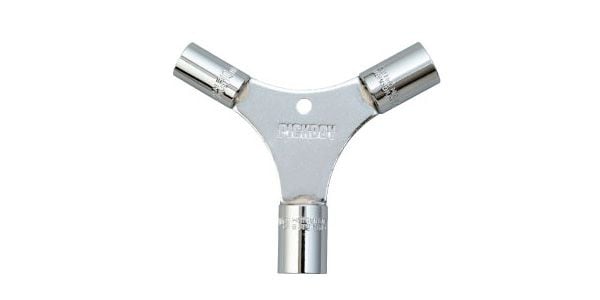





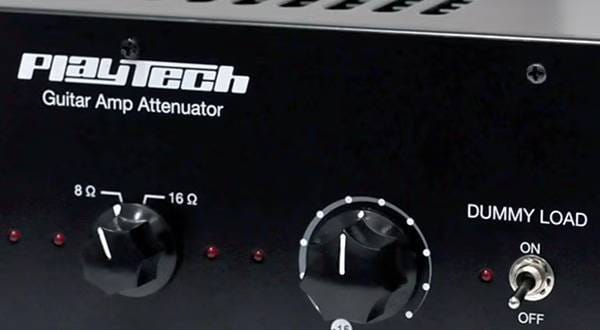


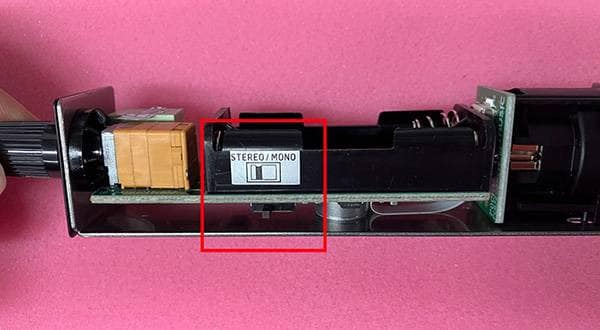
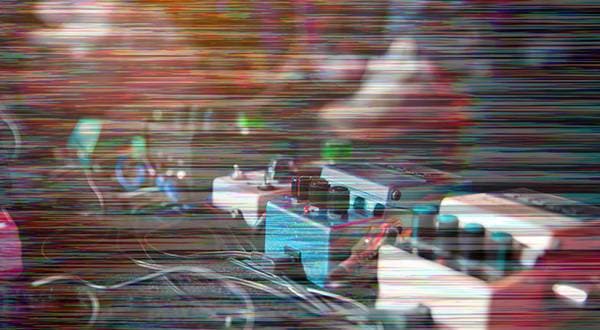
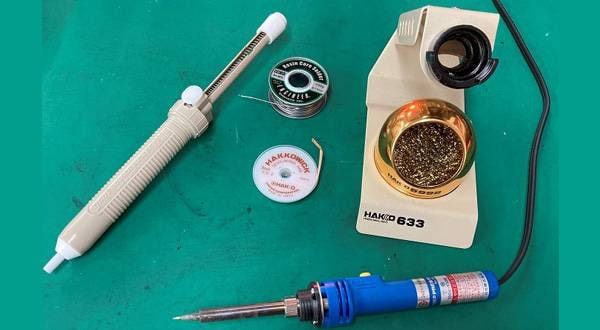
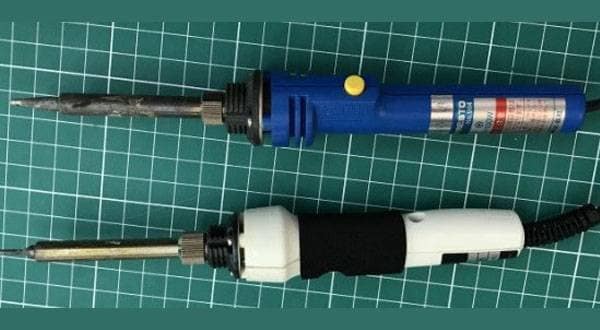
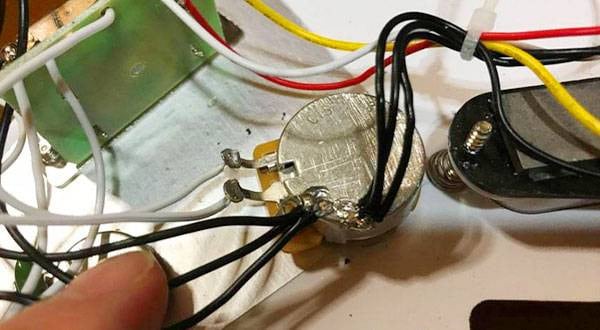
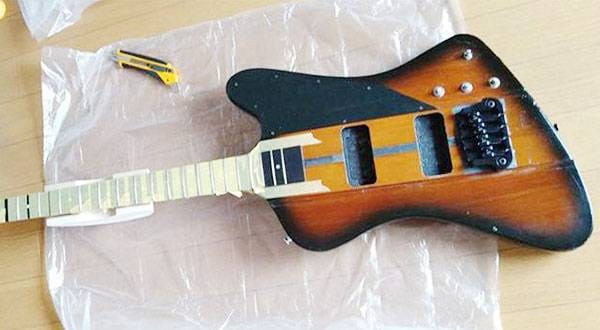
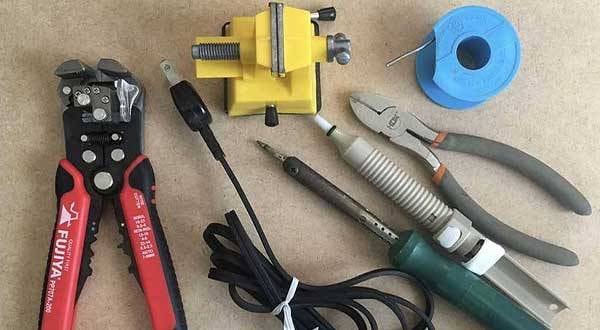
 ピックアップ交換大作戦!
ピックアップ交換大作戦!
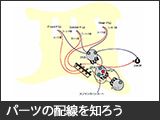 パーツの配線を知ろう
パーツの配線を知ろう
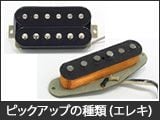 ピックアップの種類(エレキギター)
ピックアップの種類(エレキギター)
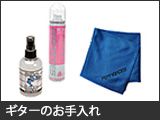 ギターのお手入れ
ギターのお手入れ
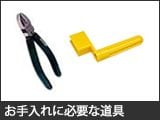 お手入れに必要な道具
お手入れに必要な道具
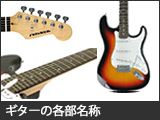 ギターの各部名称
ギターの各部名称















